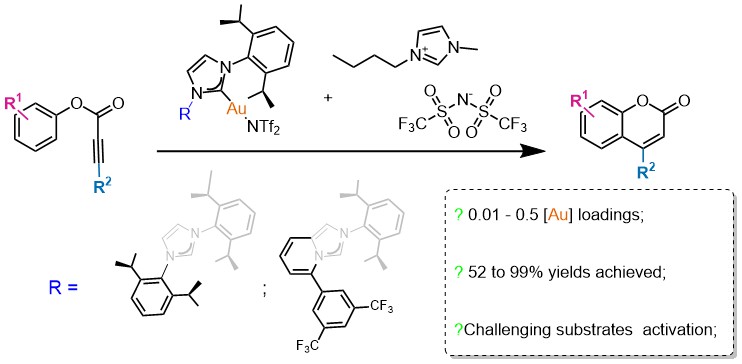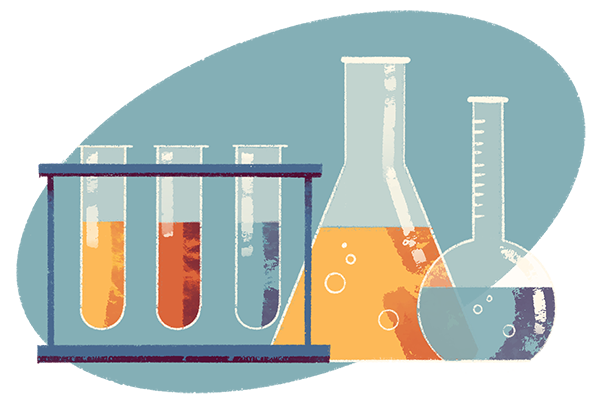
News
(De)coding SABRE of [1-13C]Pyruvate
Hyperpolarized pyruvate is a crucial molecular probe in biomedical imaging, yet achieving efficient ¹³C Signal Amplification By Reversible Exchange (SABRE) enhancement remains challenging. Here, we integrate catalyst design, systematic experimentation, and advanced theoretical modelling to elucidate the mechanisms governing this process. The article can be read here.
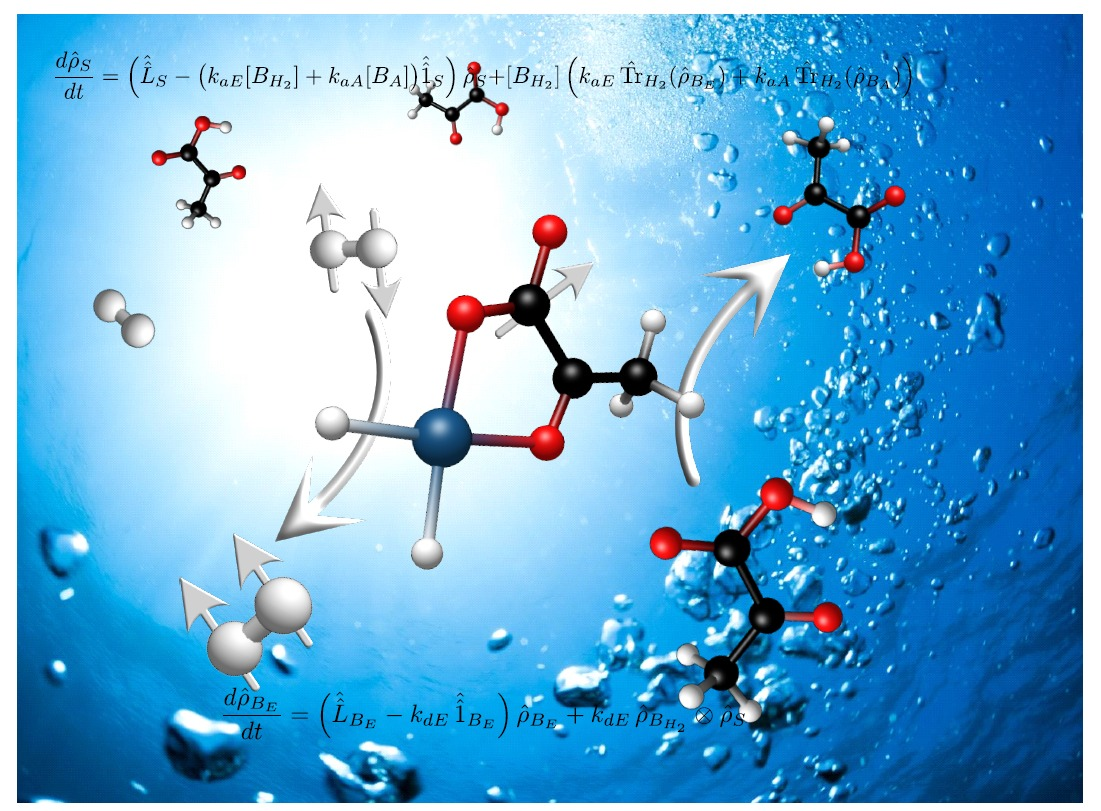
Ligand Exchange as a Tool for Reconfiguring Pt(II) Assemblies
This study reveals how Pt(II) supramolecular assemblies can dynamically reconfigure through ligand exchange. A fascinating glimpse into the adaptability of coordination systems, opening new possibilities for functional molecular architectures.
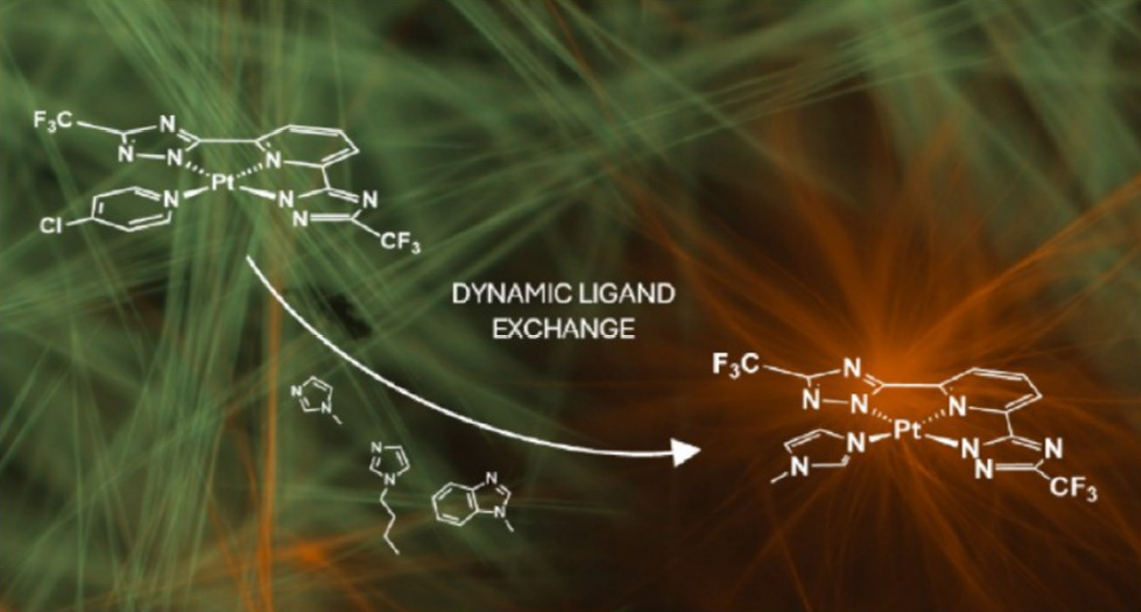
Gold(I) NHC–Sulfoxide Complexes as Promising Anticancer Agents
In this new work, we present the design and synthesis of gold(I) complexes featuring NHC ligands with sulfoxide groups. Building on our ongoing research in metallodrugs, these compounds show potent anticancer activity and provide mechanistic insights into their mode of action.
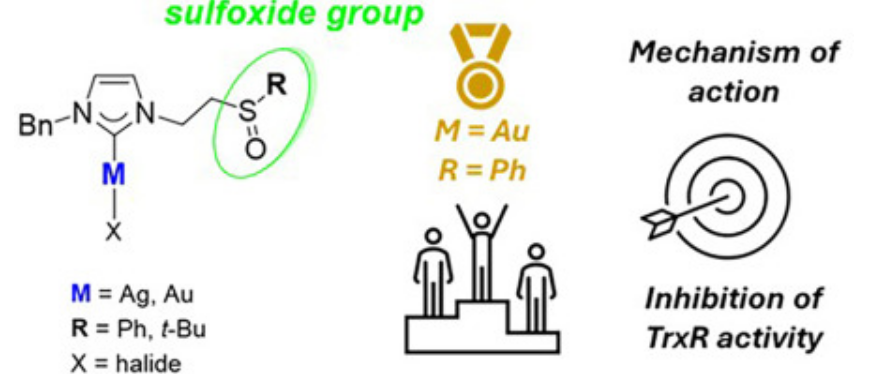
Design and Characterization of Novel Allyl Palladate Complexes
Building on our previous work, we expand the library of allyl palladates, some already prepared in earlier studies, introducing new complexes with strong anticancer potential and improved selectivity. The paper can be read here.
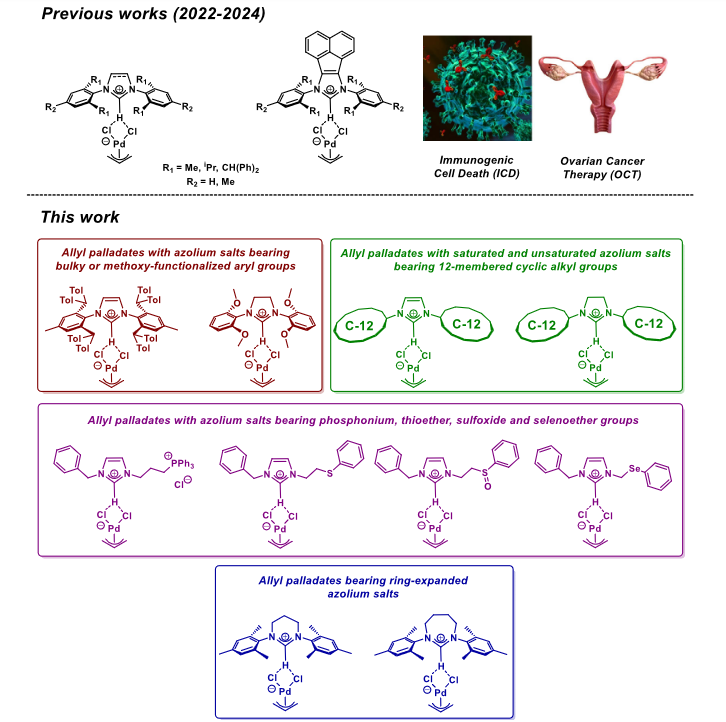
Two New Studies on Gold and Silver Clusters!
In the first study, which can be read here, we introduce benzothiazolin-2-ylidene gold(I) complexes as versatile precursors in organometallic chemistry. In the second study, carried out in collaboration and published here, we report the synthesis of a silver cluster polymer with unique photoluminescence and remarkable fluorescence narrowing.
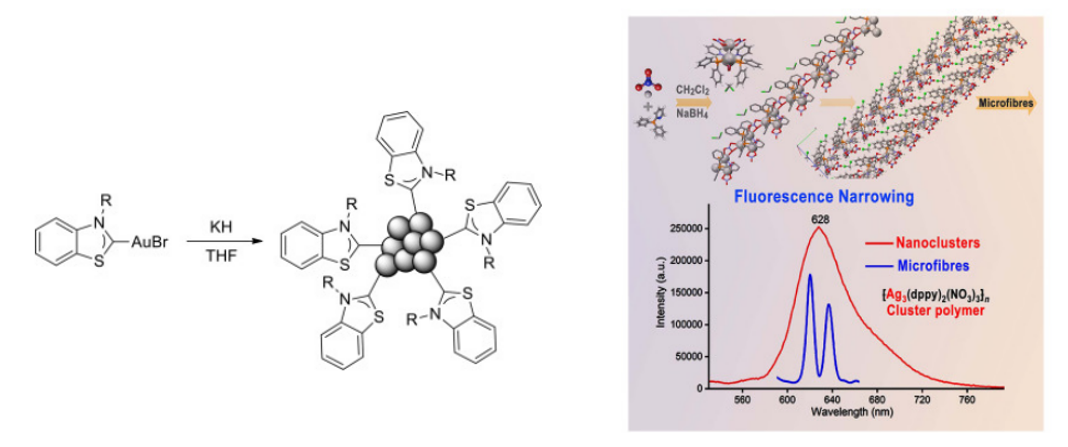
Redox-driven photoselective self-assembly!
We’re glad to share that our latest work has just been published in Nature Communications. The study is now online, feel free to check it out for full details on the findings. You can read It here.
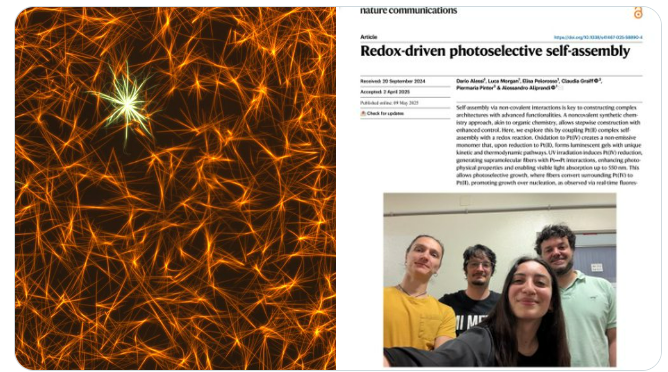
Charge matters: PTA-based ligands in palladium anticancer complexes
Read here our latest article in RSC Advances. It focuses on the influence of the charge of PTA-based ligands on the anticancer activity of organopalladium complexes. This study highlights how subtle electronic changes can significantly affect biological performance.
Congratulations to all the people involved!
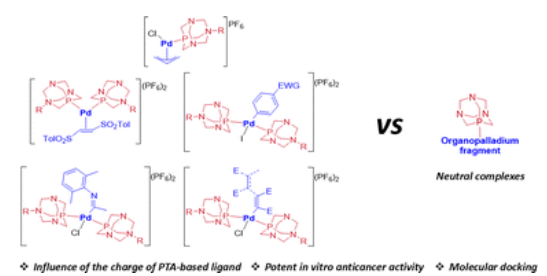
First Gold–NHC Complexes Reported as Ferroptosis Inducers
In collaboration with the Karges group, we report the first examples of gold–NHC complexes acting as ferroptosis inducers. This study expands the therapeutic potential of metal-based compounds by targeting a regulated form of cell death distinct from apoptosis. You can read it here.

Curious About Gold–PTA Complexes in Catalysis and Anticancer Applications?
Here you can find our latest work concerning the catalytic and anticancer properties of gold complexes bearing PTA-based ligands. The study focuses on the peroxidative oxidation of cyclohexane, evaluated under both homogeneous and heterogeneous conditions (the latter using carbon nanotubes as support).

Palladium Complexes Triggering Immunogenic Cell Death
We are proud to present our latest research on a new class of palladium-based compounds capable of inducing immunogenic cell death (ICD) in cancer cells. These complexes do not merely eliminate tumor cells , they also activate the immune system, promoting a long-lasting antitumor response.You can read it here.

Welcome Mirco!
It’s a pleasure to introduce you to Mirco, the new post doc researcher of the group.
If you want to find out more about the people who make up the entire group, read here.
First 2025 paper about metal-based anticancer agents!
Here you can find the synthesis of Gold and Palladium complexes bearing NHC thioglucosides that exhibit selective anticancer Activity.
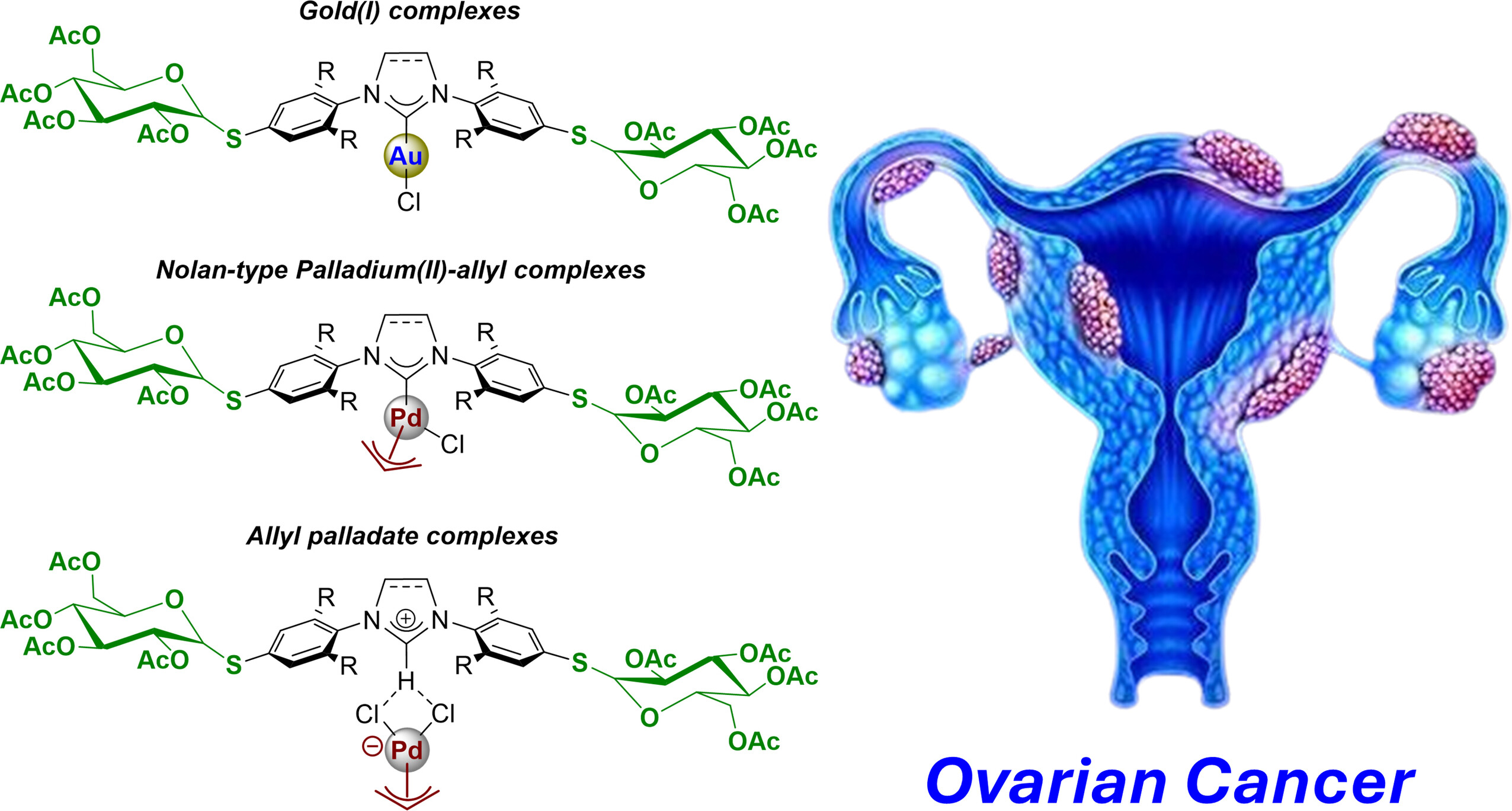
Are you interested in Palladium(II) coordination of N-heterocyclic carbene ligands with a triazole moiety?
Here a series of N-heterocyclic carbene (NHC) palladium complexes derived from N-methyl or N-mesityl-imidazolium salts bearing a triazole ring as pendant group to the second nitrogen atom, have been synthesized and characterized.
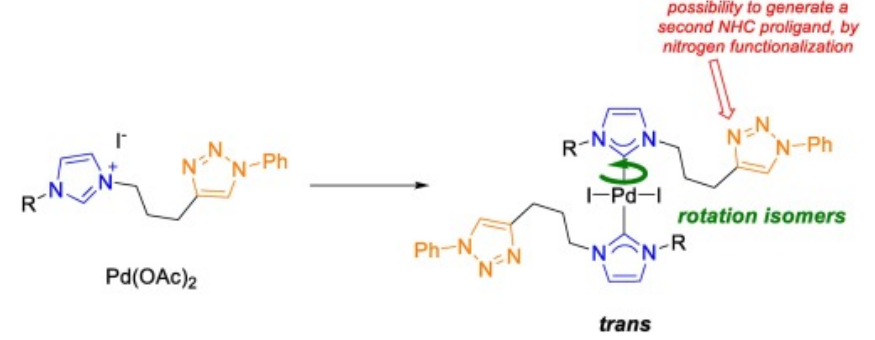
Are N-heterocyclic carbenes involved in your research activity?
Here you can find a revisitation of the weak base route mechanism concerning the synthesis of metal-NHC species. Moreover, aqueous NH3 is presented as a new and greener weak base.
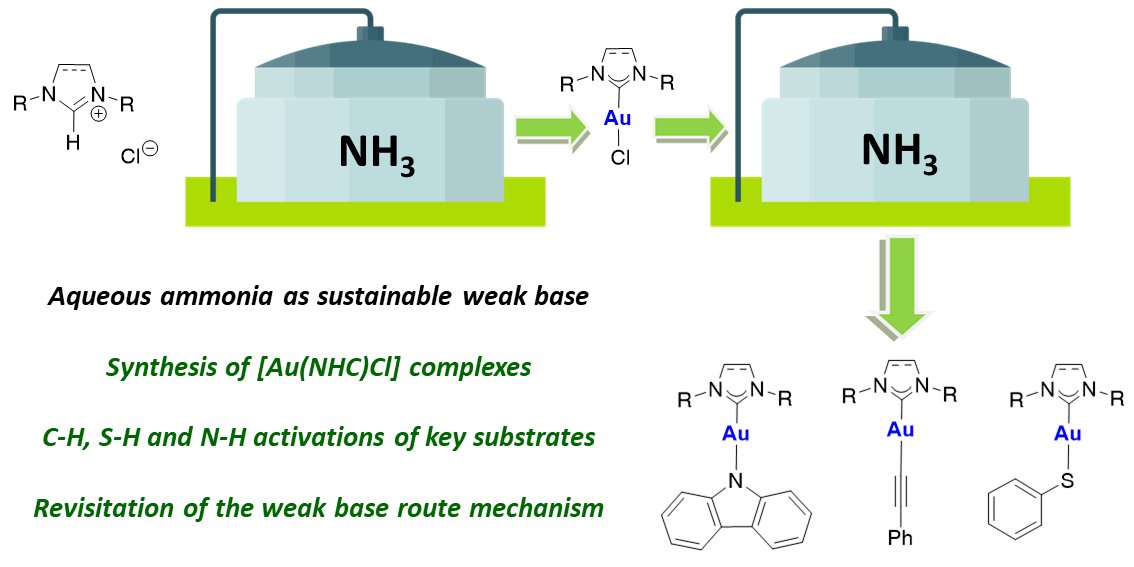
Rim-brominated pillarplexes and their assembly via self-sorting.
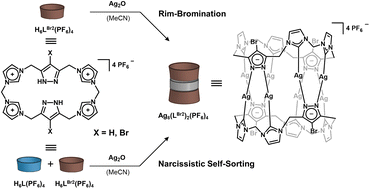
Dalton Trans., 2024, Advance article.
Our recent article published on Dalton Transaction has been highlighted with the internal front cover of the issue!
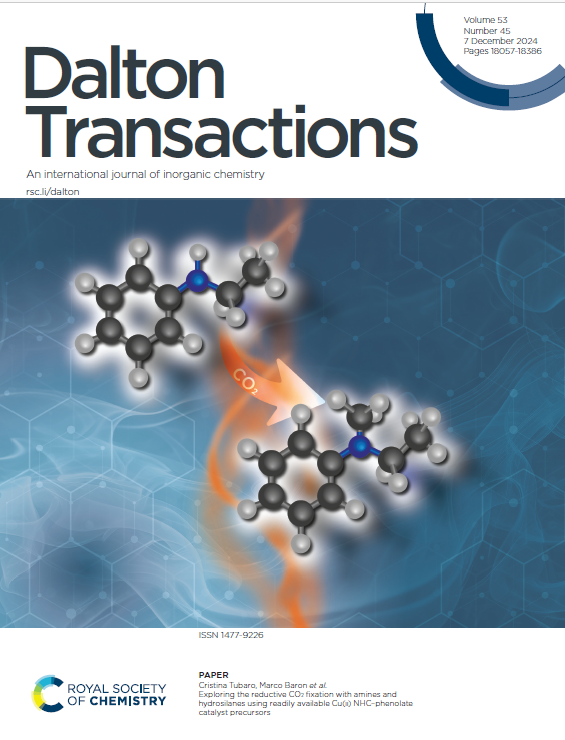
Dalton Trans., 2024, 53, 18058-18058
Are you interested in using machine learning platforms for optimizing new catalytic systems?
Here you can find our work, in collaboration with the Nolan group, dealing with the ML directed amide reduction with Pt precatalysts.
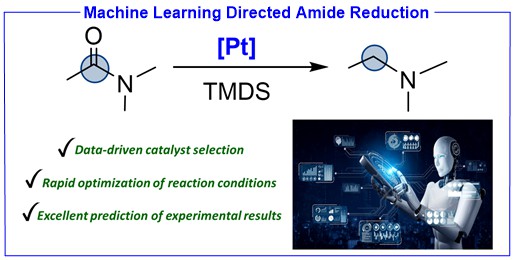
Very happy to share our work on N-Methylation of amine with CO2 using Cu(II) organometallic catalyst precursors!
Giammarco Meloni, Luca Morgan, David Cappelletti, Matteo Bevilacqua, Claudia Graiff, Piermaria Pinter, Andrea Biffis, Cristina Tubaro and Marco Baron.
Dalton Trans., 2024,53, 18128-18140
DOI https://doi.org/10.1039/D4DT02936D
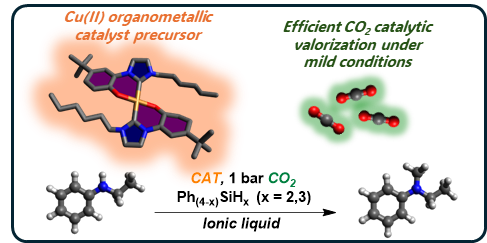
Welcome to Davide and Federico as PhD students!
You can find more information about the team in the specific section Group.
Two EurJICs are better than one!
This month, two new papers from our group have been published in the European Journal of Inorganic Chemistry. Both articles examine the novel category of Pd-butadienyl complexes as promising antitumor agents. Specifically, the first paper reports the synthesis of complexes bearing picoly-NHC and phosphine ligands (read here)
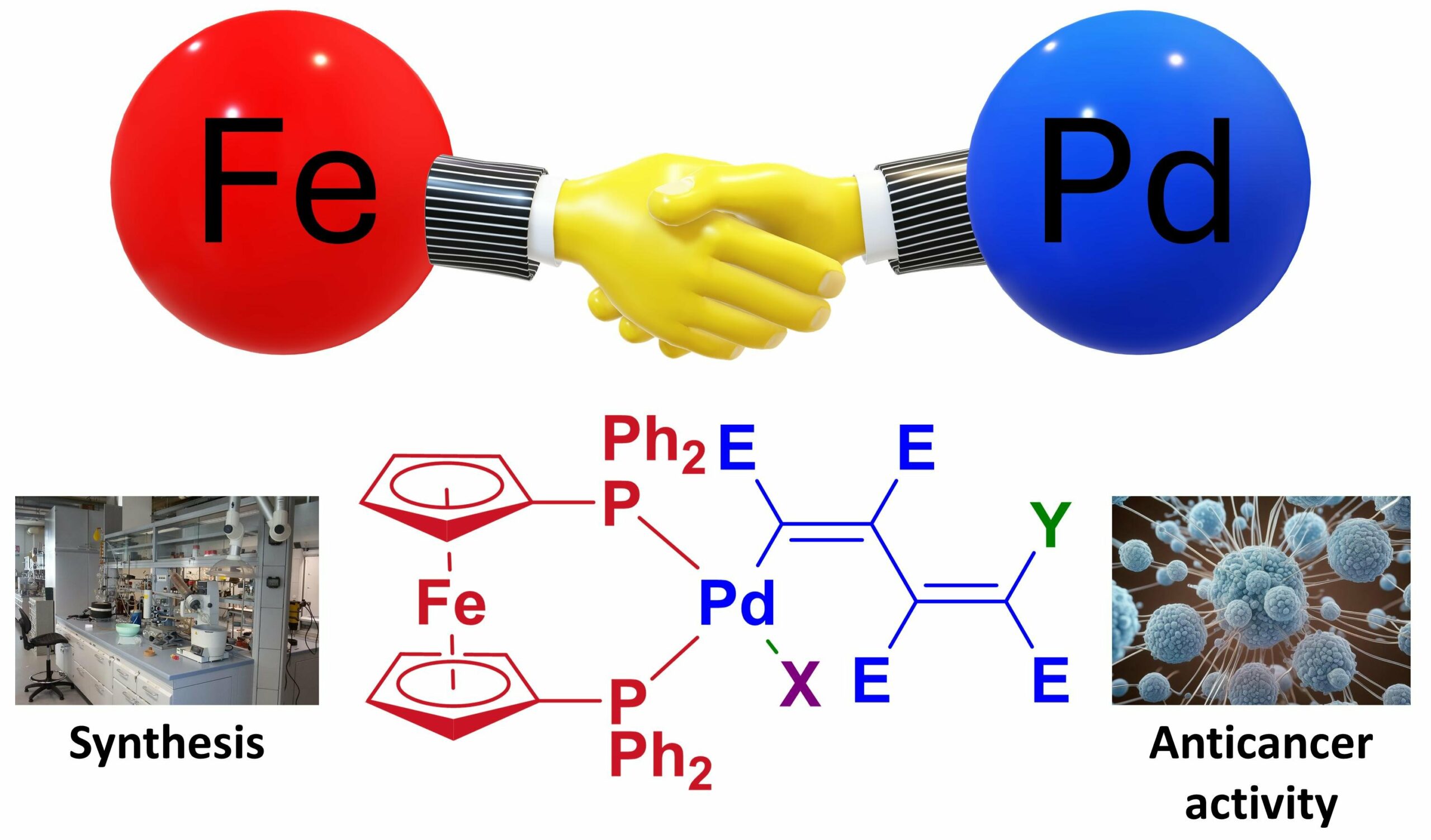
While the second article focuses on heterobimetallic Fe/Pd complexes containing butadienyl fragments with different halides as terminal groups (read here). This second story was developed in collaboration with Gasser Group (ChimieParisTech, Paris).
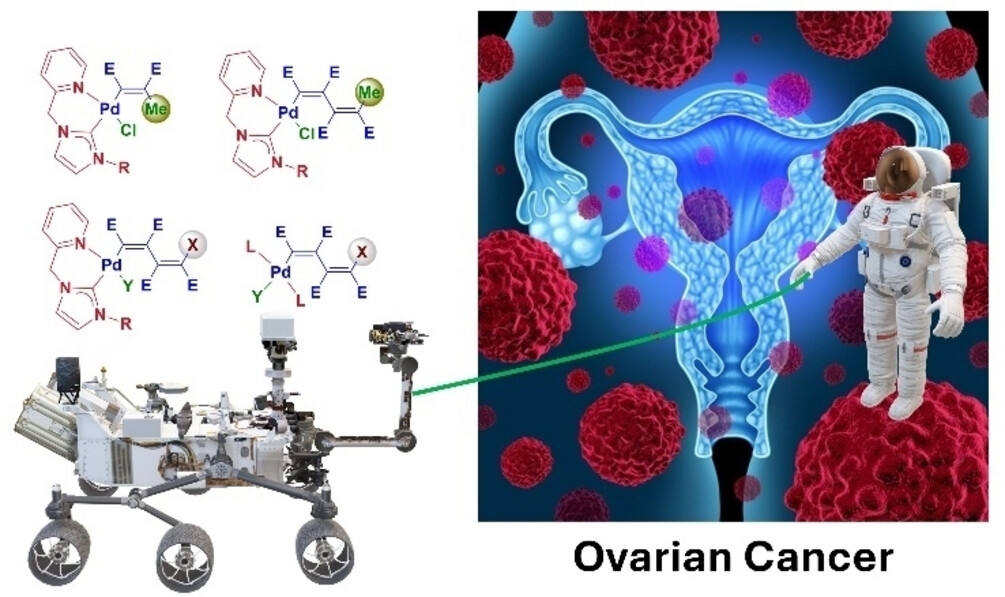
Second ChemicalScience of this 2024!
This time we have investigated the impact of both steric and electronic properties of TADF emitters in electochemiluminescence. Many thanks to Valenti group and all the team!
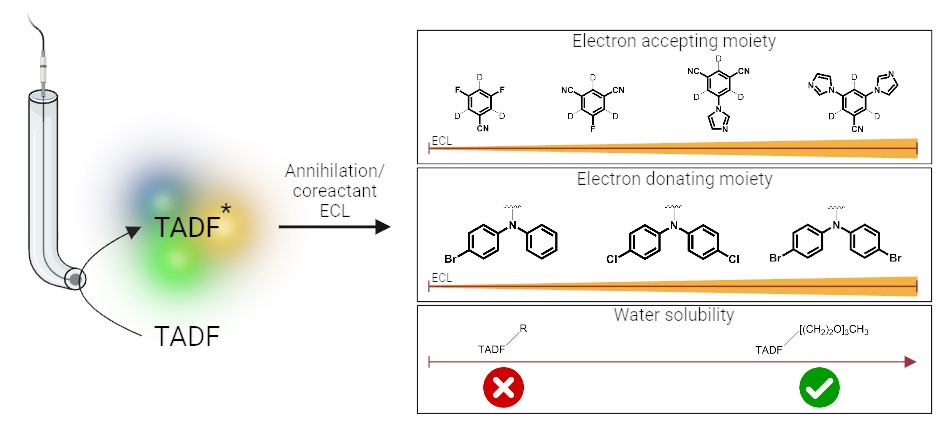
What a wonderful way to end this fruitful August!
In collaboration with Hashmi group we have reported in Chemical Science an elegant synthetic route to Au/Pt (orPd) complexes and their anticancer activity!

What a fruitful August!
Are you interested in how to conjugate metallodrugs or natural compounds to monoclonal antibodies? Here you can find our review on the topic, with a focus on Antibody Drug Conjugates for Cancer Therapy.
Here in we describe the synthesis, in vitro, ex vivo and in vivo anticancer activity of Pd-NHC indenyl complexes and their mode of action on ovarian cancer.
The last, but not the least…Another stellar review from our group is now online and you can read it here! This time we have described how metallodrugs can be encapsulated into liposomes with the aim of improving their anticancer properties! Congrats to all the team!

